Pondfish disease, treatment and prevention
Usually a very hardy group, pond fish can be expected to thrive come rain or shine, as long as conditions are stable and water quality remains high.
Like their hosts, fish parasites are cold-blooded and consequently become more active in the spring. Although held in balance by the immune systems of healthy fish, background populations can be quick to take advantage of any opportunities presented by stressed or injured fish. Because of this seasonal shift, treating your pond can be complicated by minimum temperature requirements for certain chemicals and the immune response of the fishes. Most medications will display their minimum temperature advice on the instructions for use.
As stocking levels tend to be lower than in aquaria, some diseases such as whitespot don’t tend to be as common in outdoor fishkeeping but may still be seen occasionally. As they live exposed to natural sunlight and live insect prey in larger volumes of water, outdoor fish are often fitter than their indoor kin and better able to fight infection. This can be a double-edged sword though, as heavy rain can complicate water parameters by diluting hardness, which can have implications for fish health. Although rainwater is ideal for wildlife ponds and usually carries fewer of the nutrients that fuel algae growth such as nitrates and phosphates, goldfish and koi need the minerals found in hard water to remain healthy and can be more prone to health problems in soft water. It’s not often talked about in relation to pond fish, but you may find that the addition of a carbonate hardness buffer is needed before treating fish for disease and is a useful parameter to adjust in the event of undiagnosed losses.
Whether indoors or out, all fish require good water quality in order to remain healthy. In the event of any health issues, the first step is to test for ammonia and nitrite, with parameters such as KH and pH being less important but still problematic if extreme. The other important factor is oxygen, and this can be influenced by factors such as plant or algae growth.
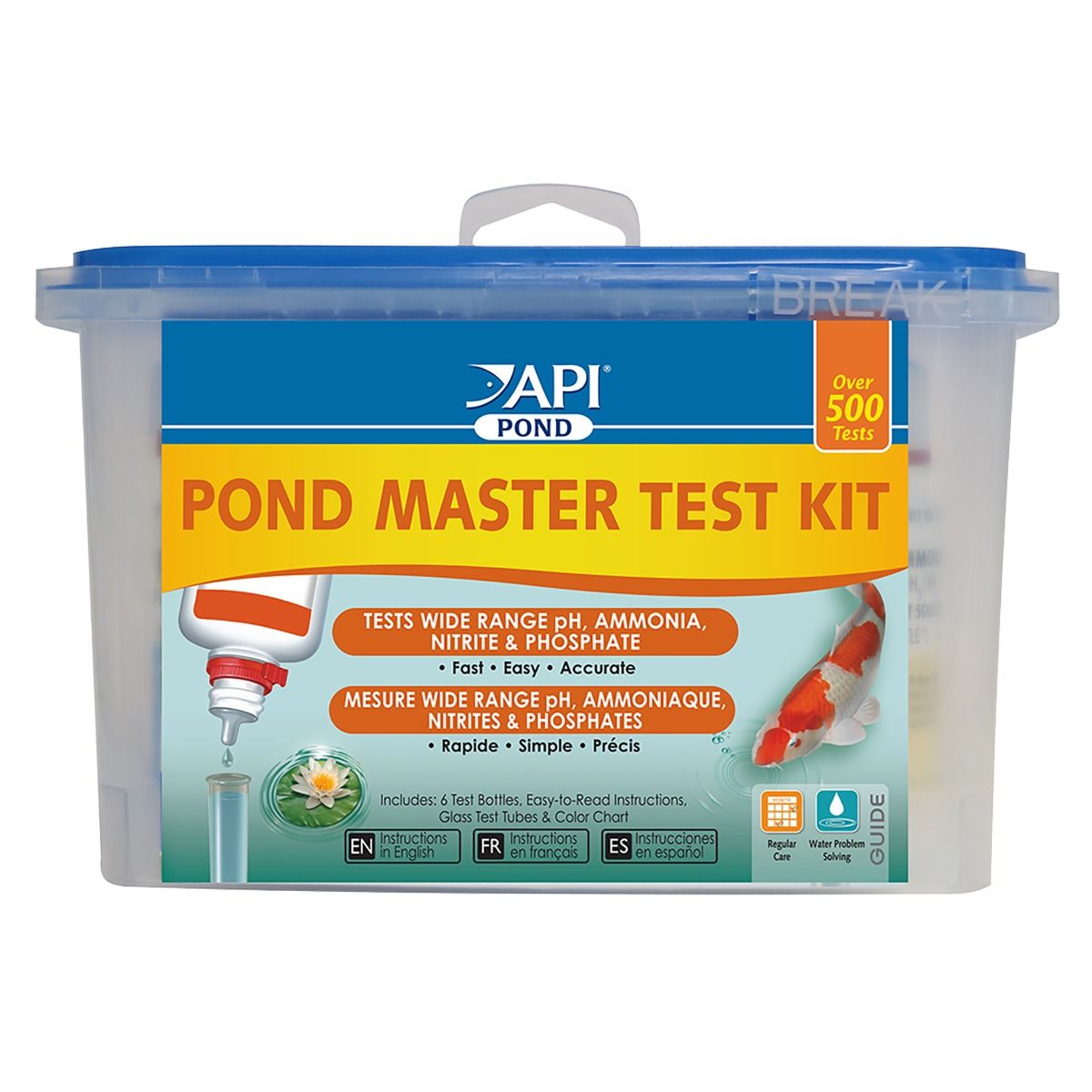
Most sources will tell you that plants produce oxygen and are a vital part of the ecosystem in a garden pond. This is so deeply ingrained that submerged plants are usually referred to as ‘oxygenators’ and do indeed produce oxygen during the day. What’s less well known, is that plants consume oxygen at night, and this can lead to lethally low levels in heavily planted ponds overnight as well as fluctuations in pH. Oxygen levels drop as temperature rises, so extra aeration becomes especially important in summer. This situation often remains undetected, as few of us are looking at our fishes gasping on the surface at 4 am and after a few hours of photosynthesis, oxygen levels are restored by the time that we are awake. Typically, this scenario leads to the loss of the biggest fishes in the pond, as they have the largest oxygen demand. Any pond containing fish and a large amount of submerged vegetation (or algae) will need aeration overnight, so you can see that using large quantities of oxygenating plants and a solar-powered pump https://www.fishkeeper.co.uk/pond-products/pond-pumps/solar-powered-pumps can be a hazardous situation. Likewise, turning off your pond pump at night is likely to lead to similar problems. Make sure you’re providing that extra oxygen when your pets need it most https://www.fishkeeper.co.uk/pond-products/pond-pumps/air-pumps
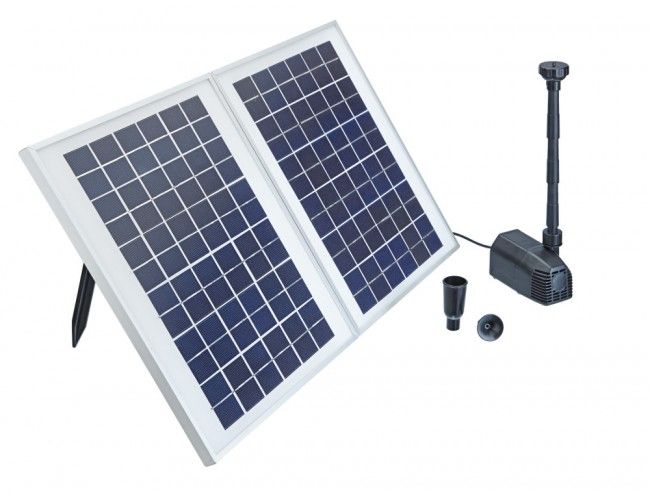
As well as air pumps, fountains and waterfalls can increase oxygen levels. Consider adding an extra fountain pump if appropriate https://www.fishkeeper.co.uk/pond-products/pond-pumps/fountain-pumps but watch for high winds blowing tall fountains away from the pond, as this can drain a body of water surprisingly fast.
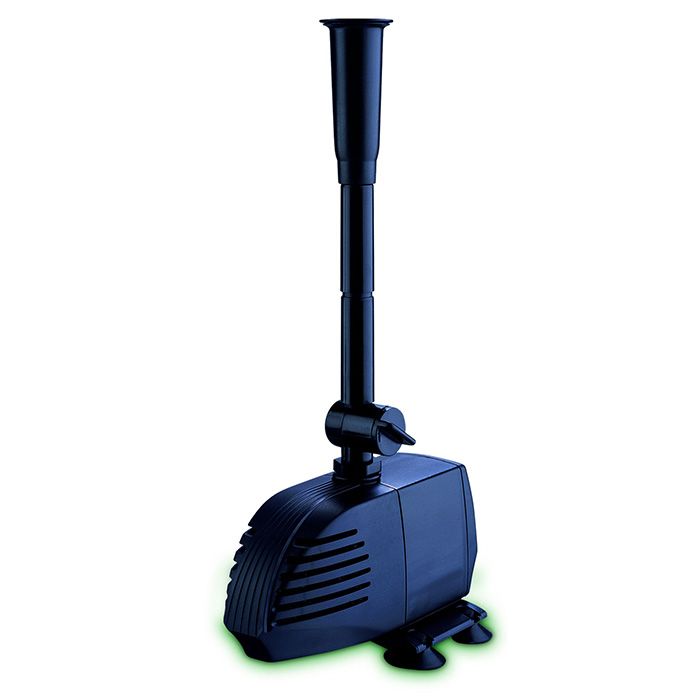
With good water quality and feeding, your pets should be able to keep disease at bay but under certain circumstances, treatment may be necessary. There’s a wide range of medications available and correct diagnosis should make their use straightforward https://www.fishkeeper.co.uk/pond-products/fish-medications
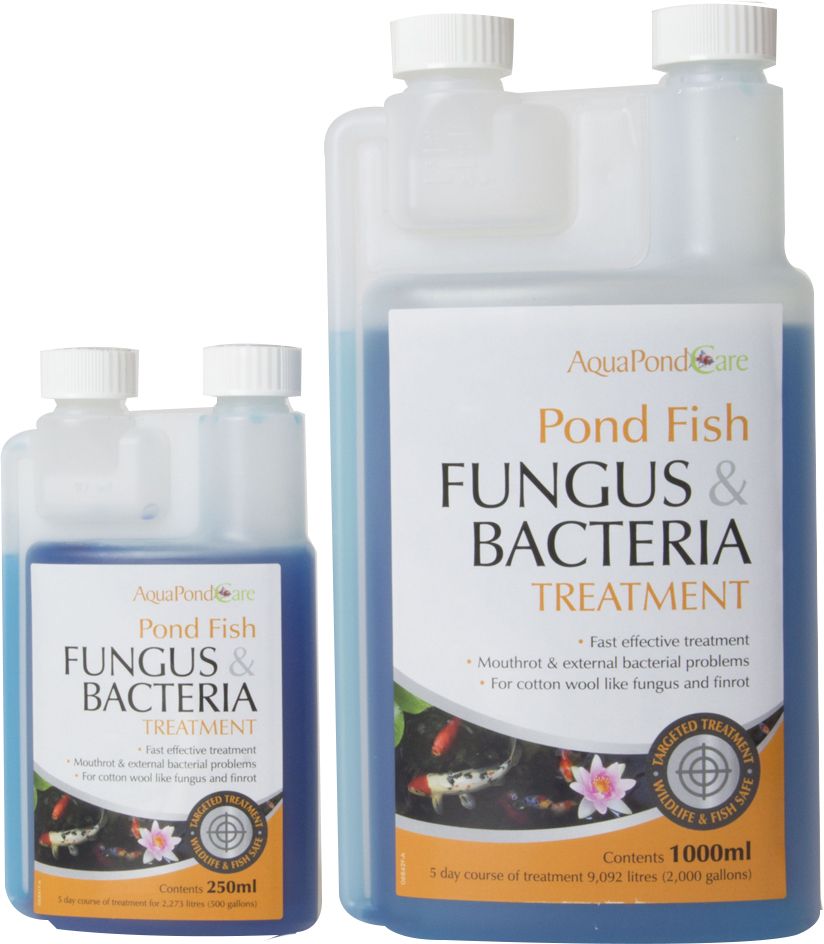
Parasites can often cause fishes to itch and flick themselves against solid objects to ease the irritation. As this action causes their flanks to catch the light, it’s also known as ‘flashing’ and can also be caused by water quality problems which irritate delicate gill tissue. Parasites tend to fall into two categories – complex ones such as flukes or lice, which may require more targeted treatments than the simpler protozoans.
Bacterial infections tend to be secondary and are most commonly seen in the form of ulcers. Often hard to treat with antibacterial medication, ulcers are often the result of infected parasite damage and respond best to a course of parasite treatment followed by a bacterial one. In the case of large fish, topical application of a wound dressing can be more effective than treating the whole pond. Likewise, a bath treatment in a smaller volume of water can serve to target a stubborn infection.
Fungal infections are often the fuzzy, cotton wool patches seen in fish that are damaged by physical trauma such as over-enthusiastic spawning or injuries caused by predators. As with most diseases, infection is more likely to occur when the immune system of the fish is weakened due to stress. Background populations of opportunistic pathogens can be found in detritus and organic wastes in many systems, so good hygiene and maintenance is important in preventing outbreaks. These fuzzy/furry fungal infections can be colonised by algae growth, giving them a green hue. Some pond keepers occasionally report blanketweed growth on fish and this is an easy mistake to make.
When using medications, there are some considerations that can make a difference to the fish’s outcome. Adding additional aeration in the form of an air stone can be beneficial, especially for fish which may not appreciate the extra current generated by stronger water movement due to their reduced vigour. As some of the chemicals used in medications can lower dissolved oxygen levels and disease can lead to reduced gill efficiency, this is good practice as part of a standard treatment plan.
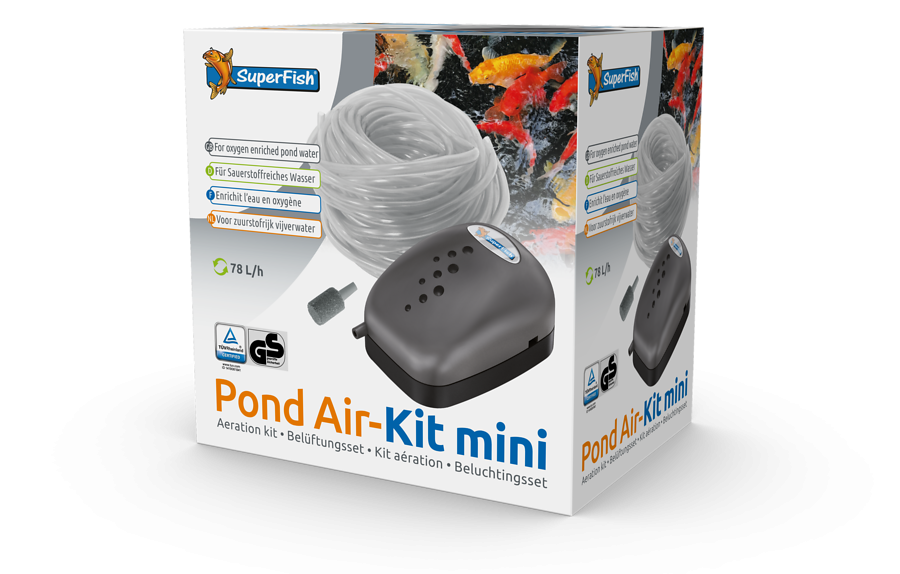
Be aware that chemical media such as carbon will absorb some or all the active ingredients of medications and should be removed before use.
Make sure you have a good idea of your pond’s water volume in order to calculate the dosage.
Ponds of irregular shape can be tricky to give accurate volume calculations for and often require some imaginative estimation. For an informal pond, imagine it as a rectangle and multiply the length x width x depth, then remove a percentage to allow for curves and planting shelves etc. if you are using metric measurements, a cubic metre is equal to 1,000 litres so convert your measurements into metres e.g., 60cm = 0.6m and then multiply by 1000 to get a volume in litres. If you are measuring in feet and inches, a cubic foot is equal to 1,728 cubic inches, or 6.23 gallons. For circular ponds, 3.142 multiplied by the radius squared will give you the surface area, which can then be multiplied by the depth to give volume before working out the capacity in the same way as above. If you’re reading this before setting up a new pond, the best method of all is to time how long it takes to fill the pond with a hosepipe by first using a container of known volume to determine the flow rate. If a hosepipe fills a 5-litre bucket in 4 minutes, a pond that fills in 80 minutes will contain 100 litres of water.


